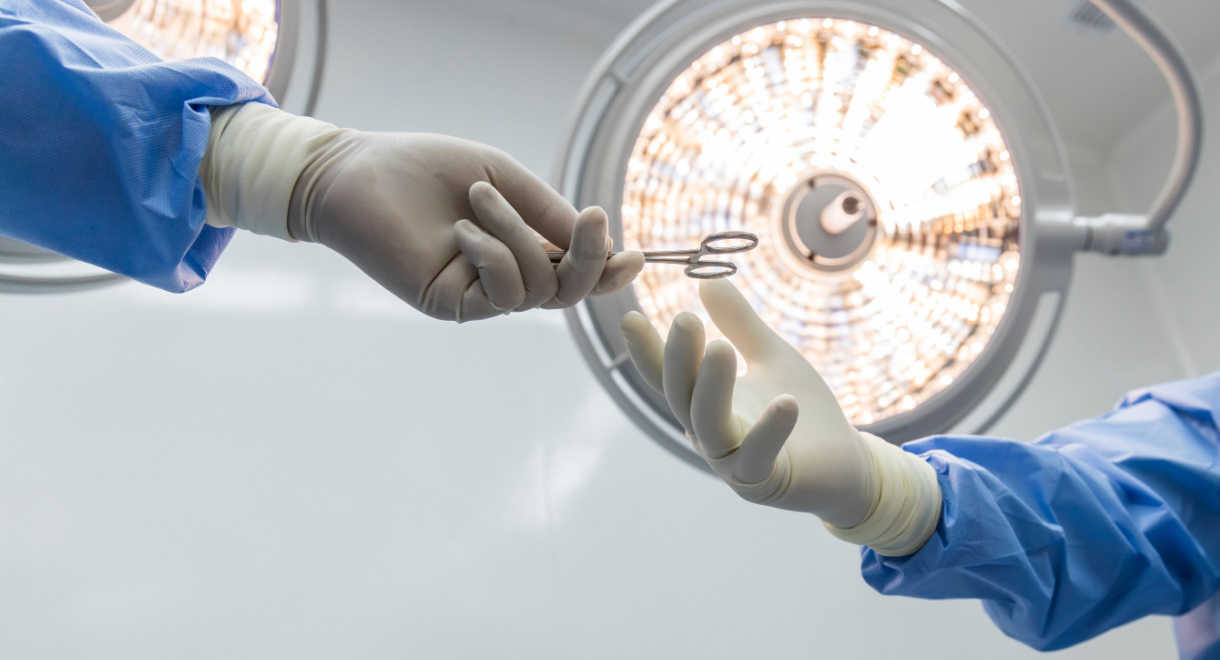
In the four years up to 2023, front-line staffing soared at NHS hospitals in England but the number of patients being treated hardly budged, the Institute for Fiscal Studies (IFS) reported a year ago.
The numbers were stark. Hospitals gained 16% more consultant doctors, 25% more resident (junior) doctors, and 20% more nurses and health visitors. But outpatient appointments only rose by 2%, treatments from the waiting list by only 1%, while emergency admissions actually fell by 4%.
A year later, and things have turned around. The IFS’s latest report shows the number of patients seen and treated has risen faster than front-line staffing. There are another 4% more consultant doctors, 6% more resident doctors, and 6% more nurses and health visitors than in 2023. But over the year elective admissions are up 10%, outpatient appointments up 9%, and diagnostic tests up 8%.
As the IFS says, “this is unequivocally good news” but “will not on its own deliver the scale of improvements in NHS performance promised at the election”.
So what will? Over in the Health Service Journal, Steve Black points his expert finger at “the operational coordination problems that are the root cause of long waiting lists”.
Operational coordination is complicated because data about patient pathways is fragmented across many different IT systems. Staff who manage those pathways often have to check several different screens to piece together a complete picture of each patient’s progress towards treatment and discharge.
Even state-of-the-art electronic patient record (EPR) systems – some costing eight figures – do not necessarily solve the problem, as experience over recent years has shown. But it can be solved by unifying data (as opposed to integrating systems), and at a cost far smaller than the rounding errors of a new EPR.
This is something that Insource have been doing across the NHS for decades. We unify all necessary data about patient pathways accurately in one place, and present it so clearly that staff can easily manage the next steps. Instead of spending hours gathering data, staff can devote their energies to solving capacity problems, raising productivity and progressing patients towards the diagnoses and treatments they need.
To make sure that productivity recovers in your hospital in 2025-26, and contributes fully towards elective recovery, get in touch. Together we can build your roadmap towards higher productivity and streamlined, faster patient pathways.
